Affiliate links on Android Authority may earn us a commission. Learn more.
Can you learn to love the notch?
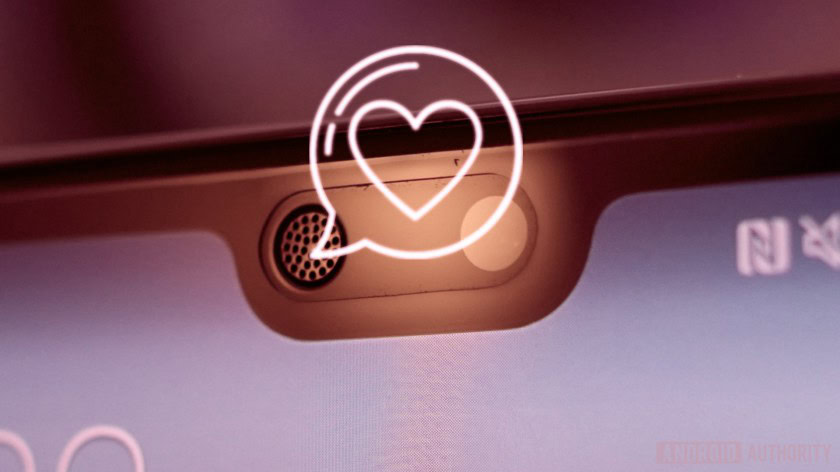
I’ve committed a smartphone sin! I confess — I bought a phone without a headphone jack and it has a notch! It’s not the iPhone X, but rather the P20 Pro — though you’d be hard-pressed to tell them apart at a glance. It’s a decision I never thought I’d make, especially because I’m not a fan of Apple’s latest design. Perhaps I was just overcome by a moment of madness, time will tell.
But if the talk of smartphone town is to be believed, notches are going to be everywhere soon. Perhaps I’m just getting with the program early. The LG G7 ThinQ will apparently have one. HUAWEI is already onboard, as is OPPO with its R15. ZTE seems positively enamored with them. OnePlus’ Carl Pei told us to “learn to love the notch” ahead of the launch of the OnePlus 6. Soon, there will be no escape.
Unfortunately for these companies, the notch is far from universally loved. Our survey of over 60,000 users revealed a whopping 38 percent of you will never contemplate buying a phone with a notch. Only 26 percent either liked or didn’t mind the notch, and the rest were generally hesitant. LG didn’t like the responses it received from its own similar survey, pulling it following an overwhelmingly negative reaction.
The bottom line is that plenty of smartphone users out there are skeptical or outright hostile to the notch, and they’re a vocal group with plenty of good arguments on their side. But, perhaps, you can learn to love the notch once you’re used to it?
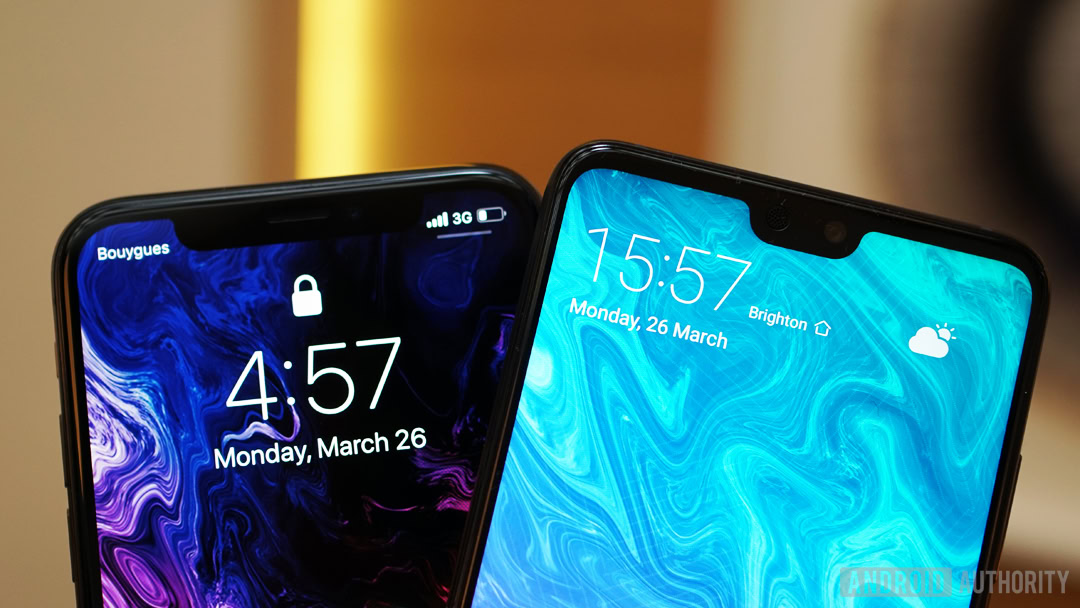
Stockholm syndrome
When you spend a hefty chunk of your wages on a new gadget it’s tempting to justify and love everything about your new purchase. Believe me, I’ve tried to love the notch over the past week. The P20 Pro is a damn good looking phone in almost every way, but ultimately I can’t bring myself to say the notch is a good piece of design. It’s jarring to look at, especially with lighter backgrounds. Sometimes it gets in the way when I swipe down and I smudge the selfie camera. At times it seems almost as poorly thought out as the Galaxy S8’s rear fingerprint placement. That being said, the speaker placement is a rather neat addition rather than just including a camera, which somewhat helps to justify the design choice.
Fortunately, you can hide the notch in software, which essentially just turns the notification bar black. I’m not worried about OLED burn-in, which was one reason Google introduced transparent navigation keys back with Android KitKat, as I can’t see myself unhiding the notch ever.
I've hidden the notch, it's just too ugly and distracting.
It’s a telling testament to the notch controversy that HUAWEI already does and both LG and OnePlus will include a feature to hide it. At best, the notch will divide the user base. At worst, it will put customers off just from the sight of it, and with many people holding onto phones for longer, they might just ride it out. I’m never going to love the look, but the option to hide it sidesteps this issue.
As a result, we’ll probably end up seeing other manufacturers provide this option. A notch-camouflage toggle could even come baked into Android P if Google is paying attention to early feedback about the design. I think hiding the notch has potential. To understand why, let’s take a look at some of LG’s older handsets.
LG did it first?
Hear me out on this one, I’m going to credit LG with the idea for the notch. Just take a look at the first entries in the company’s LG V series, with their secondary displays.
The idea isn’t exactly the same, and the ticker display is actually more useful (more on that in a minute), but there’s a definite commonality. Looking at the V20 in particular, LG used the secondary display to boost the screen-to-body ratio, add in some extra display functionality for users, and also hide the camera and front sensors almost out of sight at the top of the display. That last point is what’s so comparable to today’s notches, as companies need the space to house the camera, speaker, face recognition, and other components, but they also want to boost the screen-to-body ratio.
The V20 got away with its front camera placement because it didn't break immersion in the main display.
Nobody complained about the V20’s front camera placement because it didn’t interrupt the look of and interaction with the regular display. In fact, the early V series models were often praised for this unique and rather useful display addition. If you hide the notch with software, you can begin to see how the designs get even more similar. The notch becomes less of a problem and turns into something actually a little interesting.
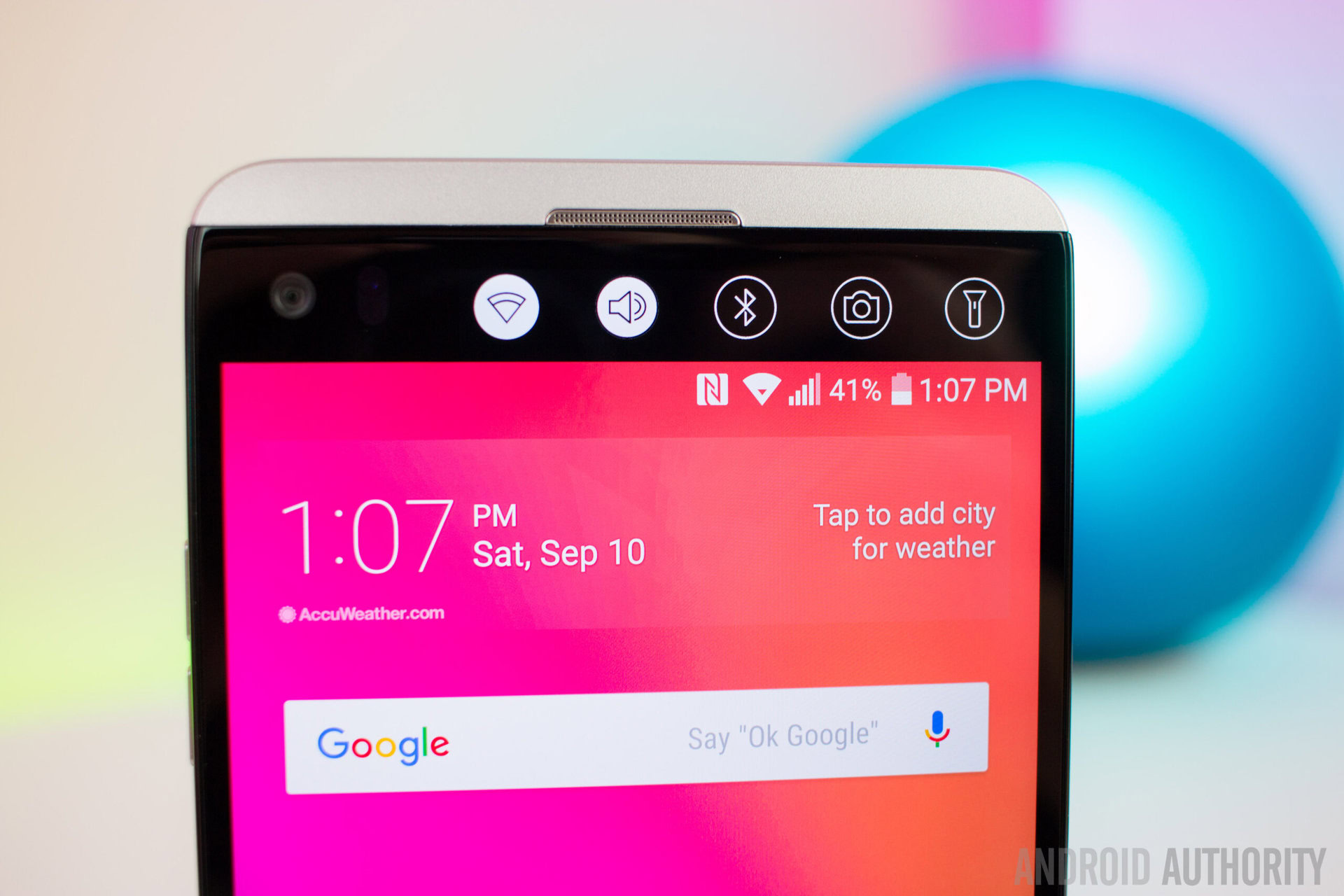
Hiding the notch tucks it into a part of the display we have little interaction with, other than to swipe down from to view active notifications, among the status bar icons. Very few of us are bombarded with enough notifications to fill the whole bar, so a small hidden notch up at the top probably wouldn’t be a problem. Phones with larger notches, such as the iPhone X, might struggle here, so minimal notches are probably better. Anyway, this setup is perfectly workable in my book.
In its current form, hiding the notch is just a piecemeal solution to placate buyer frustrations (though it doesn’t come as the default setting on the P20 Pro). A few things keep HUAWEI’s implementation of hiding the notch from being a perfect experience. Even if you’ve hidden the notch, pulling down the notification shade reveals it, because the slide animation still comes from the very top of the display. A simple fix would be to keep the status bar on top at all times. The signal and battery icons are still displayed once you pull the notification shade all the way down anyway. Clearly, the solution was an afterthought, but perhaps it’s more of an issue with Android than HUAWEI. This is something that Google should look at fixing with the notch support being introduced with Android P.
The center of the status-bar is usually empty, so hiding hardware there works. Emphasis on hiding.
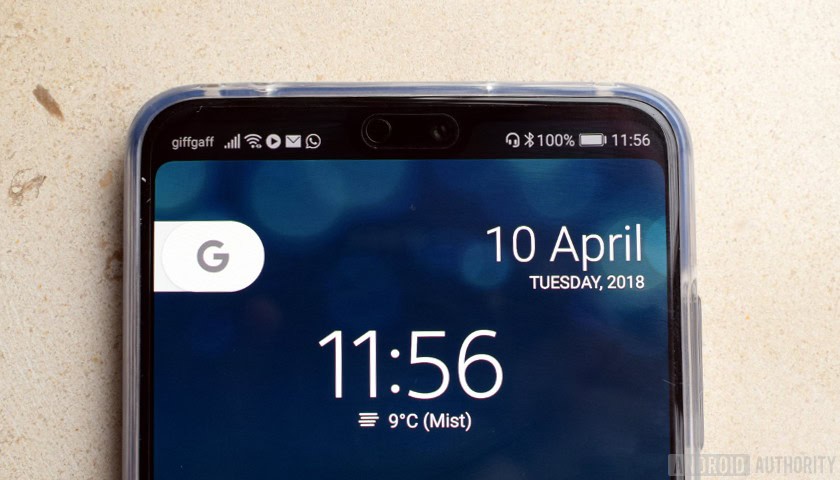
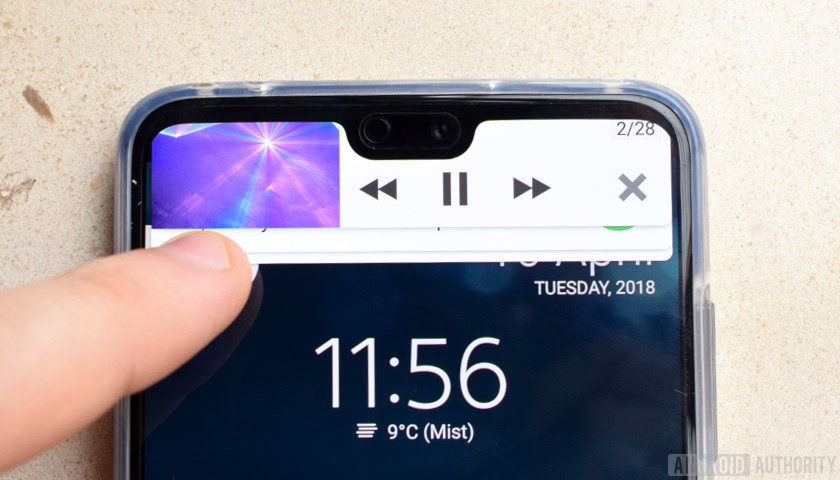
In my experience, the hidden notch works best when the entire status bar is treated more as a permanent, static part of the display that’s always on, just like LG’s secondary display. Notches could potentially be better if Google and other manufacturers took some inspiration from the LG V series and introduced some useful software functionality up there either side of the notch too. There wouldn’t be enough room for a ton of interaction in such a small space, but here are just a few ideas that popped into my head:
- Have each side of the notch do something different when you pull down. Notifications on the left, app or settings shortcuts on the right?
- Customizable software buttons if you long press on either side of the notch, to quickly launch apps, contacts, or what have you.
- A ticker to read out new messages on the left side or display additional notification information.
- Display reminders or customizable messages.
- Pop-out media controls if you’re using apps like Spotify or YouTube.
- Basically, rip off all the best second screen ideas from the LG V20.
I’m sure you can think of some better ideas. Perhaps I’m overcomplicating the situation. Even so, I’d like to see the inclusion of hidden notches become an excuse to do something useful rather than just hiding them away in hopes we’ll forget.
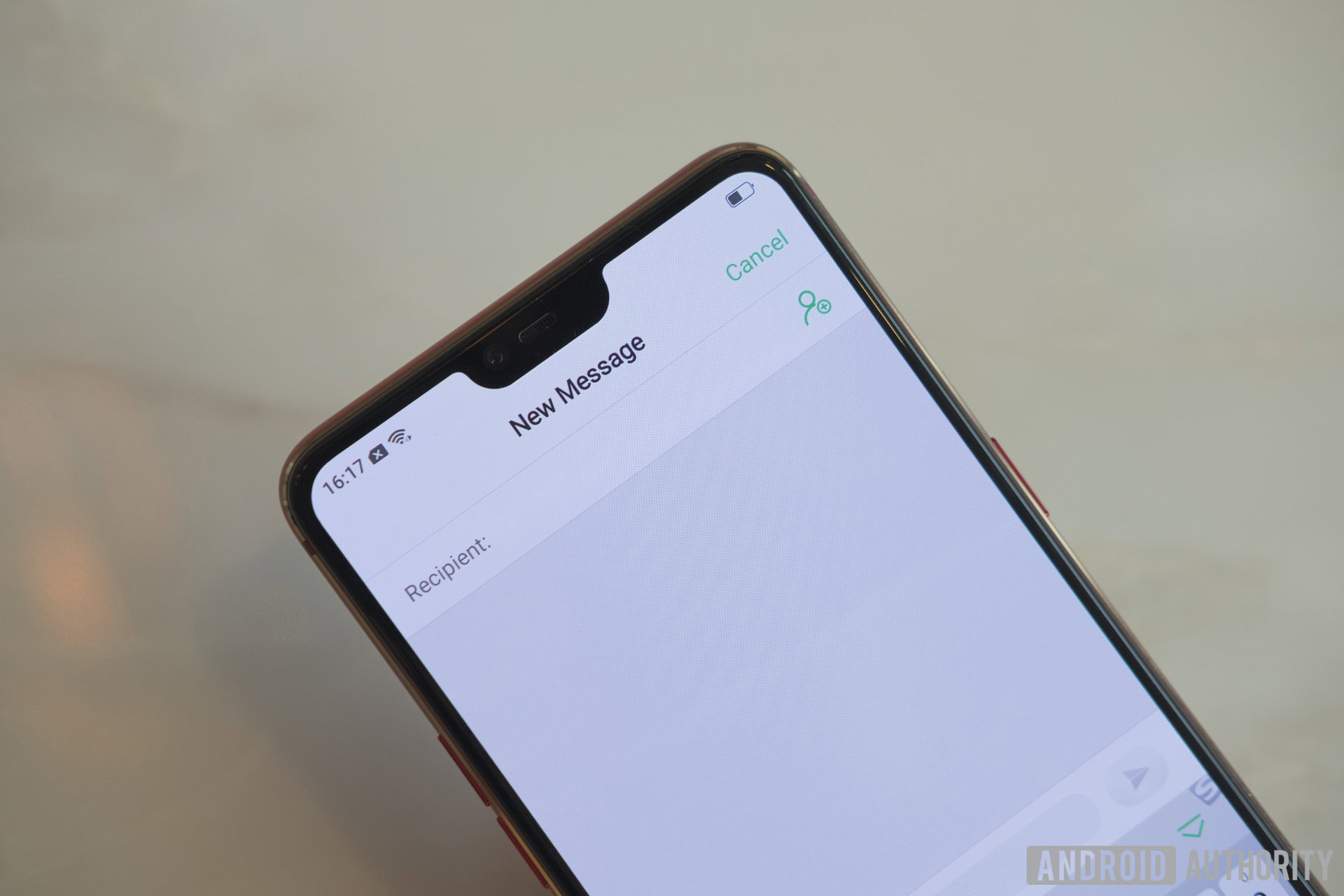
Not(ch) the end of the world
Having spent a week with the notch I remain unconvinced by it, but it hasn’t turned out to be the deal breaker I feared it might be. Hiding it with software removed every major gripe from my mind. It’s just a shame it isn’t hidden 100 percent of the time. I certainly won’t be dissuading people from buying a phone because of a notch. At the same time, it’s certainly not a selling point.
If we are ever going to love the notch it isn’t enough for manufacturers to hide it away. They need to give us a reason to love the notch. Manufacturers who include one just because it’s the latest trend should be ridiculed for the spineless Apple shills they are.
Hiding the notch is the best solution, as long as phones include advanced camera and speaker hardware to justify the design.
The feature should be embraced not for its looks, but for clever ideas manufacturers could and should come up with to sell it. Selfie cameras should be high quality — there’s plenty of room for larger sensors under the display. Front-facing speakers have to be included to justify a notch, in my option. Software built around the notch needs to be smarter, and I’d pick the LG V20 as a good starting point for some inspiration. Although I’m still hesitant to say some extra status bar software is going to make the notch a must-have.
The notch is still in its infancy. User experiences around it will probably improve with time. If not, predictions the “feature” will die out as soon as in-display technologies become more widespread might come true. If you’re still not convinced, let me put this another way. The notch isn’t my biggest gripe about the P20 Pro — I’m quickly forgetting about it after hiding it. The lack of a headphone jack, on the other hand, is proving much more difficult to adjust to.